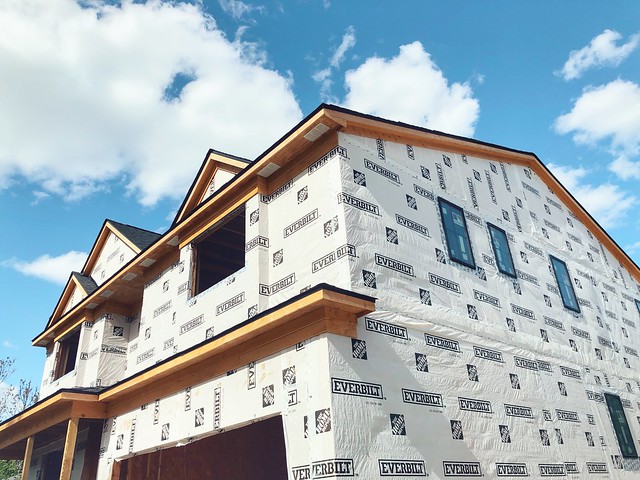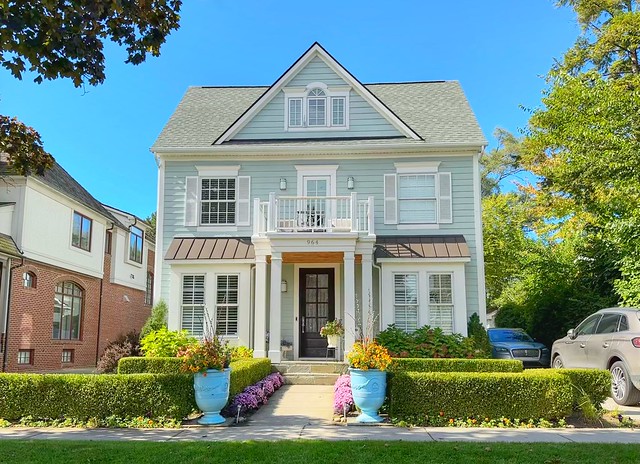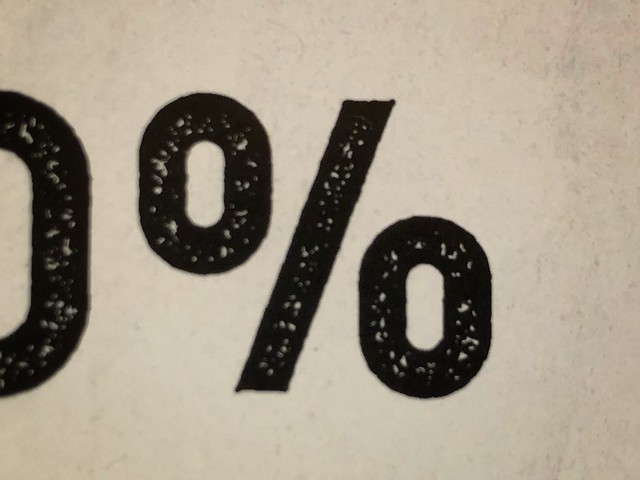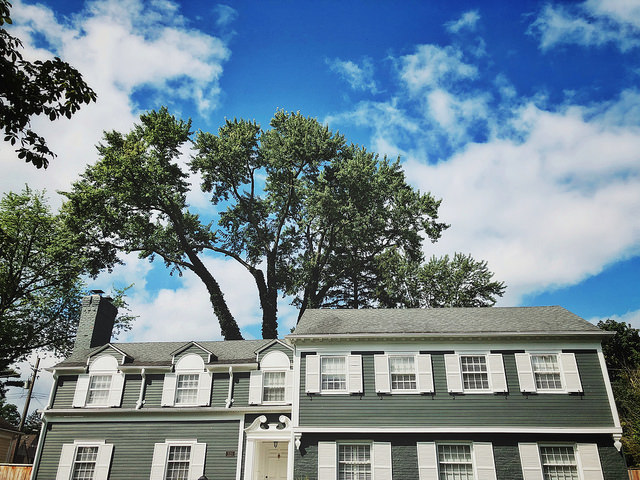Home builders know the housing market. They have to, if they hope to be successful. Builders have to know what buyers want, where they want it, and when they’ll be ready to buy. That’s why the National Association of Home Builders takes a monthly survey of home builders, asking for their perception of the current market and their expectations for the months ahead. The survey is scored on a scale where any number above 50 indicates that more builders view conditions as good than poor. In July, it fell to 42, down one point from June. But despite the slide, the component measuring expectations for the next six months rose to 48. NAHB Chairman, Carl Harris, says builders expect better buying conditions later in the year. “While buyers appear to be waiting for lower interest rates, the six-month sales expectation for builders moved higher, indicating that builders expect mortgage rates to edge lower later this year as inflation data are showing signs of easing,†Harris said. (source)













